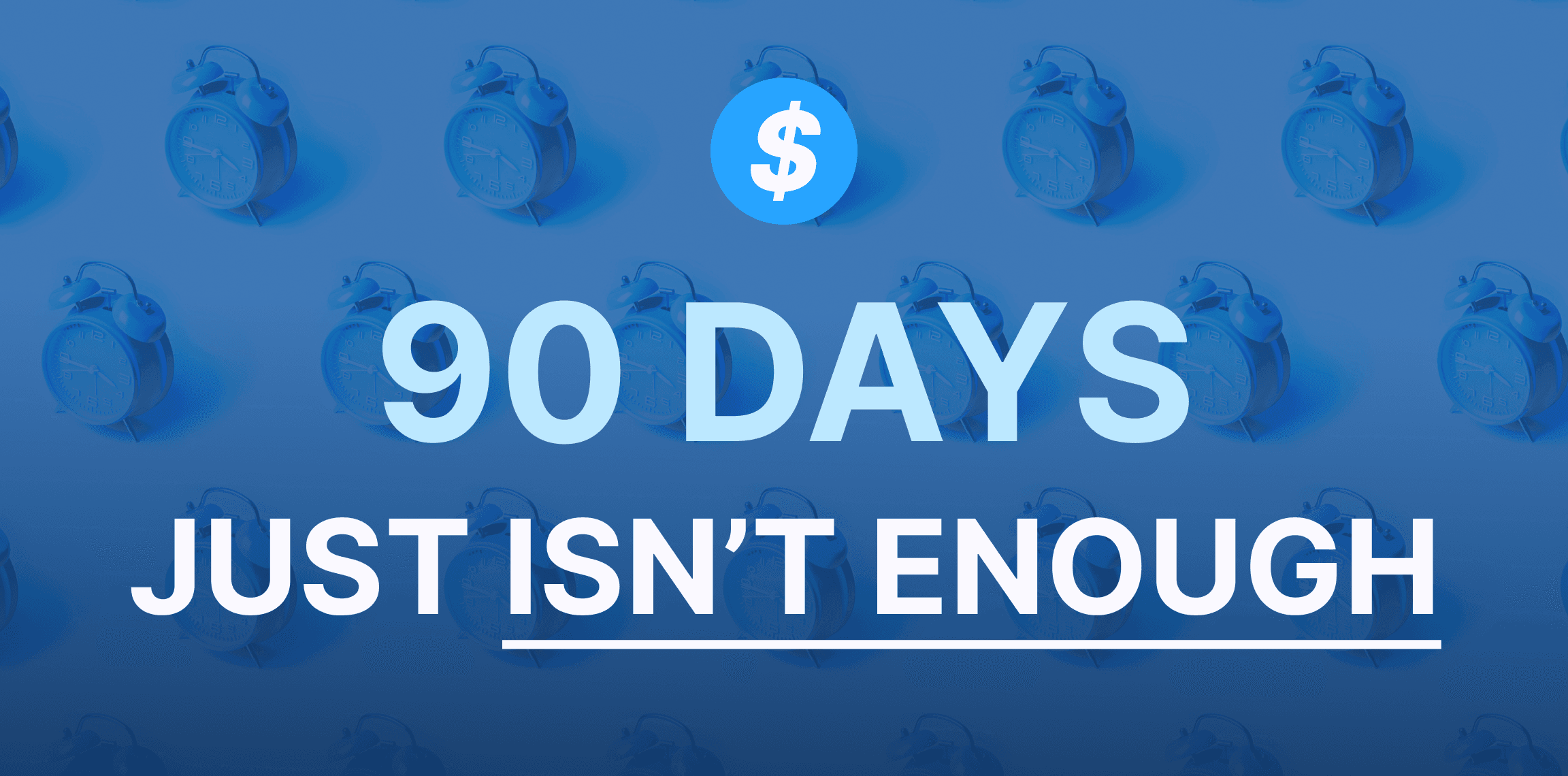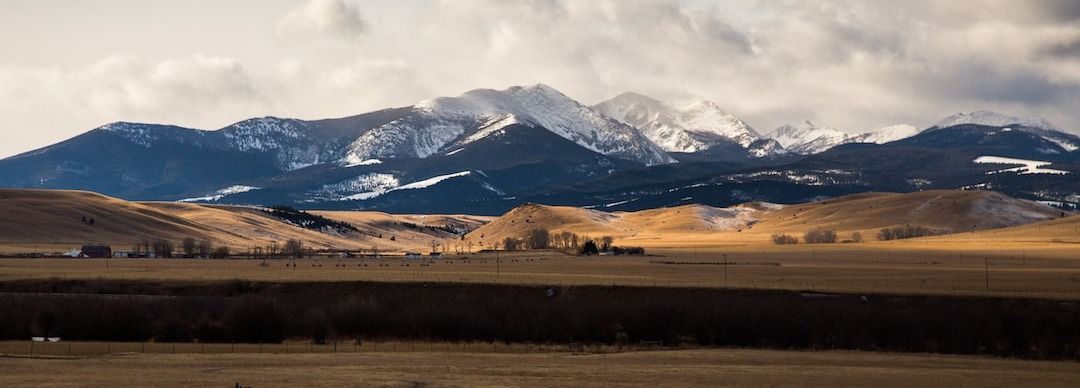Think you can complete your BEAD application in 90 days? Think again.
January 18, 2024
If you're waiting for your state's application, you'll be too late.

A federal agency has denied a bid protest against utilities data and mapping provider CostQuest Associates. The decision paves the way for the Federal Communications Commission to move ahead with overhauling its currently flawed national mapping efforts as its sister agency moves ahead with doling out billions of dollars worth of broadband funding.
Lightbox, a real-estate mapping company, had protested the FCC's awarding of the contract to build the Broadband Serviceable Location Fabric in November with the GAO.
The National Telecommunications and Information Administration's initial state funding designations from the $65 billion Infrastructure, Investment and Jobs Act will be based on these maps that will be produced by CostQuest.
The law allows the states to challenge the FCC's determinations. Several states, such as Georgia, have engaged LightBox to create their own broadband maps. States and local governments independently need maps to deploy funding from other grant programs, such as the American Rescue Plan Act, as well as other federal and state broadband funding programs.
In the meantime, you can view CostQuest's approach to the problem at this slide deck. CostQuest worked on Missouri and Virginia's maps as a proof of concept for the FCC.
A panel of mapping experts from both CostQuest and Lightbox said in December that they didn't expect a national broadband map to be available until 2023.
In September of 2021, the Government Accountability Office released its findings into the FCC’s effort to improve the state of its mapping – an effort ongoing since 2017.
In addition to analyzing the FCC’s maps, the GAO was also tasked with determining the state of the FCC’s “fabric.”
So, what did the GAO uncover, and what is a “fabric?”
One of the major criticisms of the FCC's extant maps is that the maps only collect data on a census block level. That means that the FCC considers an entire census block served if only one person in a census block has broadband service.
This lack of granularity is routinely leveled against the FCC by critics arguing that the commission overstates coverage across the country, and it is a criticism that the GAO confirms.
While the FCC’s mapping would theoretically show every area that is served by broadband, the fabric is a data set of every structure that could receive a broadband connection. The FCC was ordered to begin work on this fabric back in 2020.
The GAO, like other experts, stated that in order to overcome conflicting or incomplete data for both mapping and fabric efforts, the FCC needs to utilize multiple data sets – whether they are from commercial, state, or federal figures.
When the GAO interviewed stakeholders in the process, it found that most believe “there is no one source of location data that will be sufficient for FCC and its contract data company to develop a precise location fabric; therefore, it is necessary to integrate four main types of data to have a complete location fabric.”
To illustrate how this could work, the GAO showed how data pulled from county parcel and tax data, coupled with building footprints and addresses would provide a more complete picture of serviceable locations compared to simply having internet service providers report where they are operating.
The GAO also pointed out that different states have adopted unique methods of constructing their own fabrics: Several states drew from enhanced 911 data to identify serviceable locations.
Pennsylvania uniquely utilized Google Maps to improve their fabric. Washington, on the other hand, crowdsources its data.
The GAO found that 29 states or territories have no fabric whatsoever, with 12 of the 29 indicating that the primary obstacle was the cost associated with constructing one.
“Other reasons include that internet service providers are not willing to provide data (6 respondents), or that state officials were waiting for FCC to develop the national location fabric of broadband serviceable locations (3 respondents),” the report read.
Of the states that reported that they are working on a fabric, only 18 stated that they are collecting data from providers and consumers to determine which areas are served (or unserved.)
The states of Virginia and Washington have overcome the problem of ISPs' reluctance to provide proprietary data by enacting laws that exempt proprietary subscriber information from Freedom of Information Act requests. This enables broadband offices to access the data and make better decisions on where to allocate grant funding, but protects companies from enabling competitors to access the information.

January 18, 2024
If you're waiting for your state's application, you'll be too late.

January 09, 2024
The big sky state joins a small list of eligible entities that have kicked off their broadband challenge process.